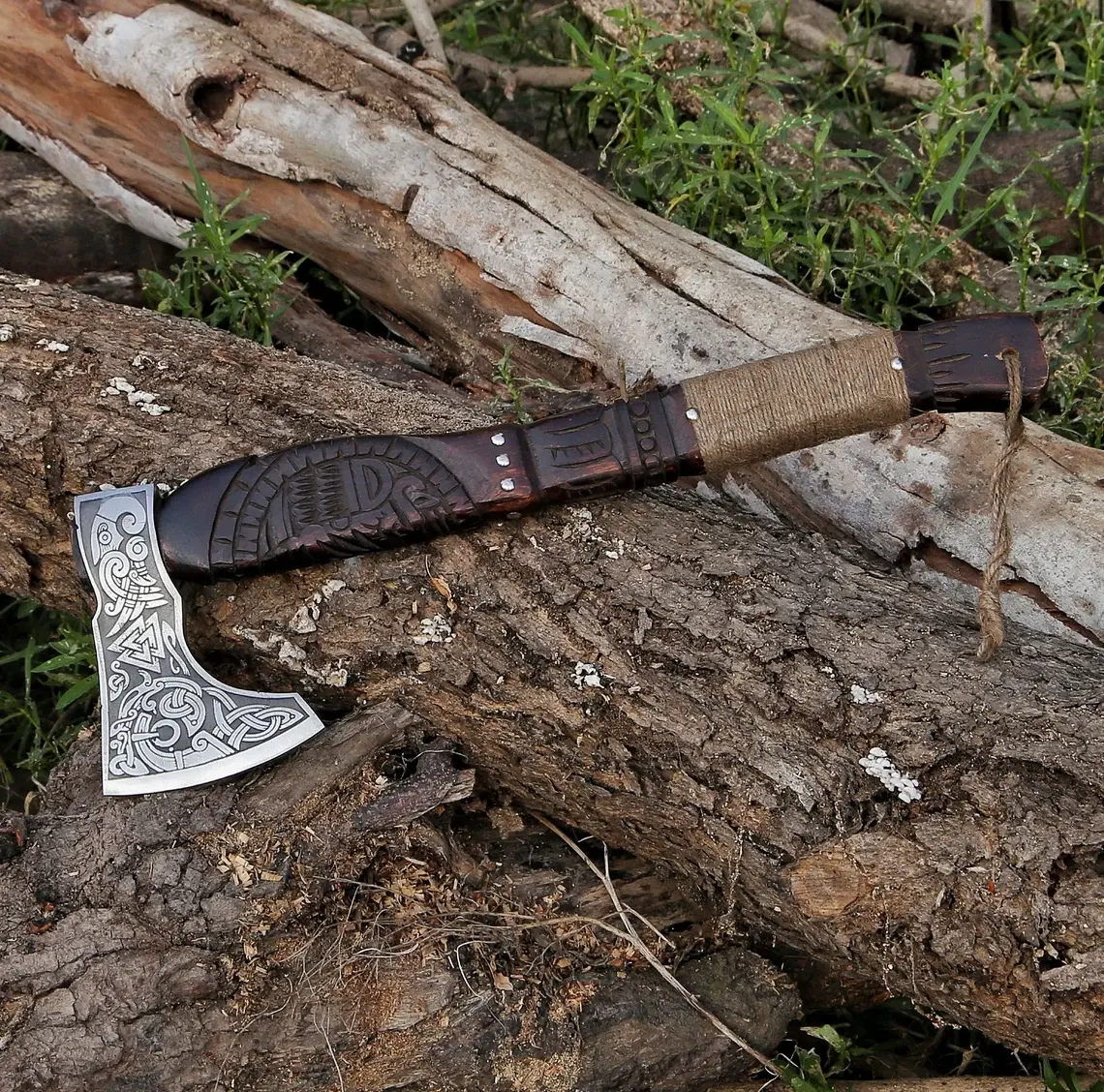Crafting exquisite handles for functional tools is a woodworking endeavor that combines both aesthetics and practicality. Whether you’re creating tool handles for personal use, as gifts, or as pieces of functional art, paying attention to detail and using quality materials will result in beautiful and functional handles. Here’s a guide to help you craft exquisite handles for your tools:
1. Choose Your Wood: Select a hardwood that suits the tool’s purpose and your design. Consider factors such as durability, grain pattern, color, and the tool’s intended use. Popular hardwoods include oak, maple, cherry, and walnut.
2. Design and Planning: Sketch out your handle design, considering ergonomics, aesthetics, and the tool’s function. Plan the dimensions, curves, and contours to ensure a comfortable grip.
3. Gather Materials and Tools: Collect the necessary materials, including the chosen wood, carving tools (chisels, gouges, carving knives), sandpaper (various grits), clamps, and finishes (varnish, oil, wax).
4. Rough Shaping: Cut the wood to a rough shape using a saw or other cutting tools. Leave some extra material for adjustments during the shaping process.
5. Carving and Shaping: Use carving tools to shape the handle according to your design. Pay attention to the grip area, ensuring it’s comfortable and ergonomic. Gradually refine the shape while working from larger to smaller tools for details.
6. Smooth and Sand: Use sandpaper to smooth the surface of the handle. Start with a coarser grit and progress to finer grits for a polished finish. Sanding removes tool marks and provides a smooth surface for finishing.
7. Apply Finish: Apply a finish to enhance the wood’s appearance and protect it from wear and moisture. Options include varnish, wood oil, or wax. Follow the manufacturer’s instructions for application and drying times.
8. Personalization (Optional): Consider adding personal touches such as decorative carvings, inlays, or woodburning designs to make the handle uniquely yours.
9. Testing and Adjustments: Test the handle’s fit and comfort with the tool. Make any necessary adjustments to the shape or grip to ensure it feels right during use.
10. Attach the Handle: If the tool requires attachment to the handle, use appropriate methods such as drilling holes and securing with wedges, glue, or hardware.
11. Care and Maintenance: Advise the user on how to care for the wooden handle to maintain its beauty and functionality. This includes cleaning, reapplying finishes when needed, and storing the tool properly.
12. Display and Appreciation: If you’re crafting handles as pieces of art, consider creating a display to showcase your work. Wooden tool handles can be functional while also serving as artistic pieces.
Crafting exquisite handles for functional tools is an opportunity to combine your woodworking skills with your artistic vision. Each handle becomes a unique creation that adds character to your tools and elevates your overall woodworking experience.


